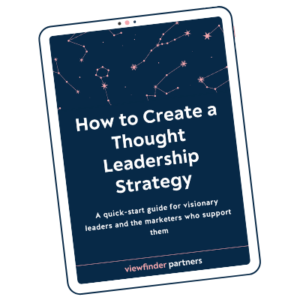I’ve been thinking this week about “margins.” I’ve had a long-standing goal to build more margins into my life — more extra space, more time around the edges to think, brainstorm, reflect, and be still. And one of the reasons I started working for myself was to find more margins. I wanted more time, more headspace, more creative energy. I wanted to control how I shaped and filled my work days.
Enter the pandemic, and my two small children.
🙃
In the Time Before All This, my marginal time looked like walking the dog by myself in the middle of the day, without simultaneously doing a work call. Sometimes I allowed myself the luxury of reading a novel for an hour at 10 am (a real highlight of entrepreneurship, let me tell you). I planned Friday lunches with friends. I carved out time at the end of my work day to run errands or go to a yoga class before I picked up my kids from school.
Those lovely little moments of alone time — of extra brain space — were really important for me as a creative person and as a happy parent. But they’re mostly missing for me now, and they probably are for you too. The whole routine and schedule are gone.
So how do we still find time to think and nudge our creative brains and just exhale? How do I do creative work and stir up good ideas when my work happens in short, regulated blocks of time? How do I think when I can always hear my kids fighting over Band-Aids? (No, seriously, right now my two-year-old is guiding her motorized Thomas the Tank Engine into my office door, over and over and over. It’s not exactly zen over here.)
I’m finding a way (some weeks better than others). More and more, I’m getting better at fitting the maximum amount of quality work into short bursts of time. When my work clock starts and I know my time is limited, I’m starting to feel energized and almost competitive — like I’m challenging myself to actually use that time well and not waste 30 minutes scrolling Instagram.
I’ve always been a very black-and-white thinker when it comes to my kids and my work. I definitely don’t like multi-tasking or trying to parent and work at the same time. Before, if I had to do work with my kids around, I felt like I was failing at everything. Now, I see that as a privileged stance. I still need that dedicated time away to work, but my kids have become a more integrated part of my work life. And maybe that’s not all bad. They see me at my desk more often, they’re slowly learning the etiquette of not interrupting during my work time, and they sometimes show up on Zoom calls.
And I’m finding my margins, here and there. They don’t look like they used to. But now, I feel grateful for 20 minutes drinking coffee outside while my kids run around. A full eight-hour work day by myself is downright luxurious. I’ve started really enjoying walks with my family as a head-clearing highlight of our day, even when there’s a lot of noise or a scooter fall or my conversations with my husband are interrupted 50 times in a row. And sometimes my best “alone time” comes when I strap my kids into their car seats and we go for a drive.
I’m finding new headspace, in pockets of time, in fits and starts. It’s not ideal. But I’m learning to make it work, just like we’re all trying to do.







